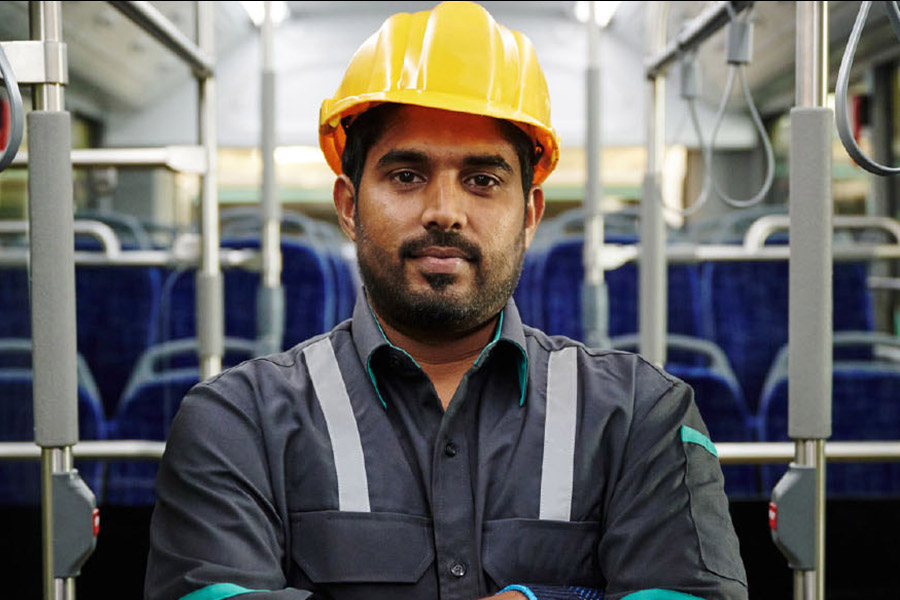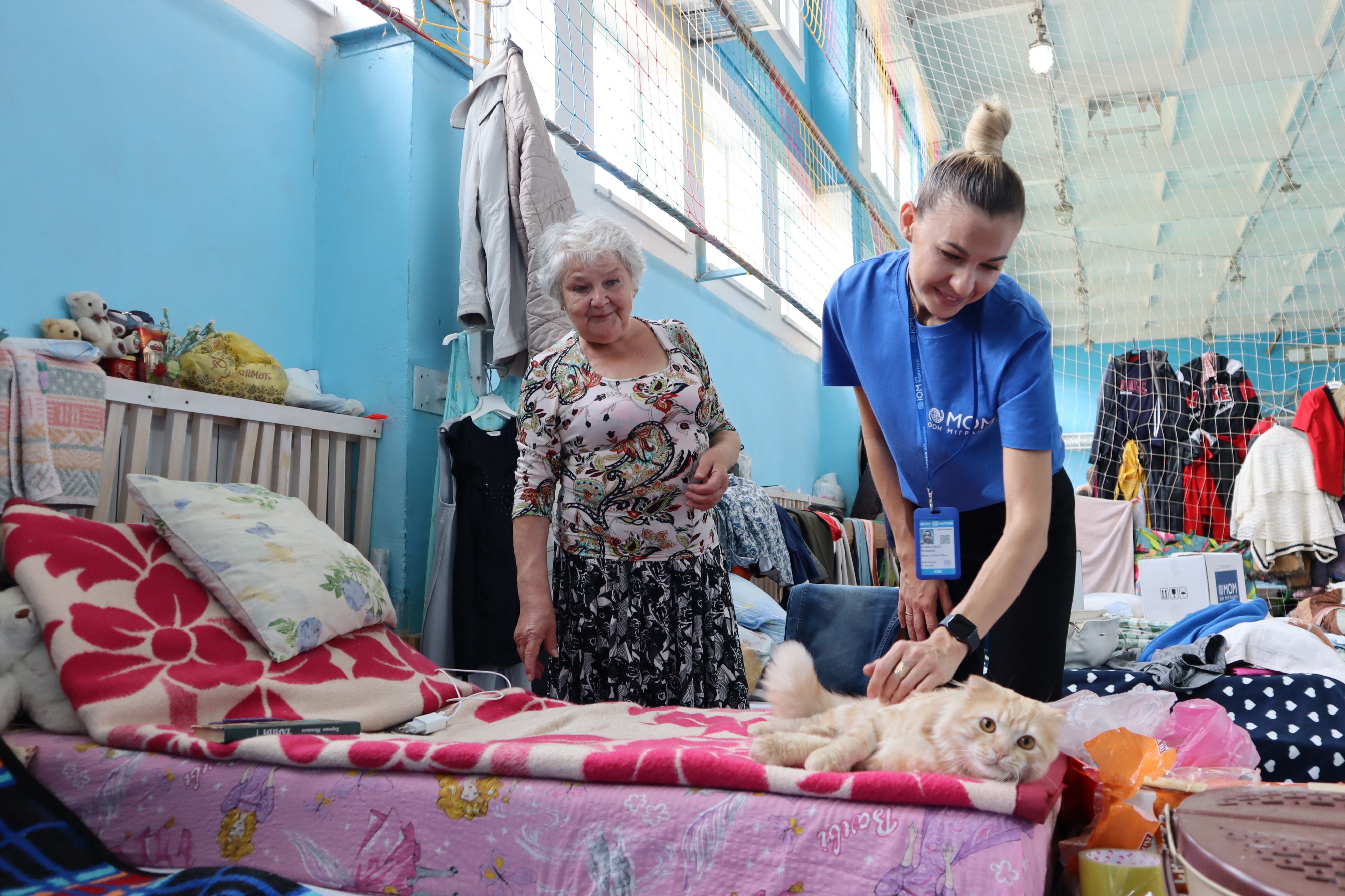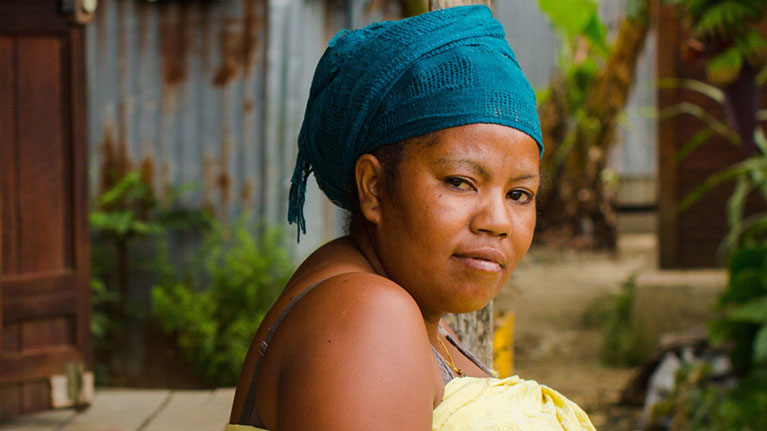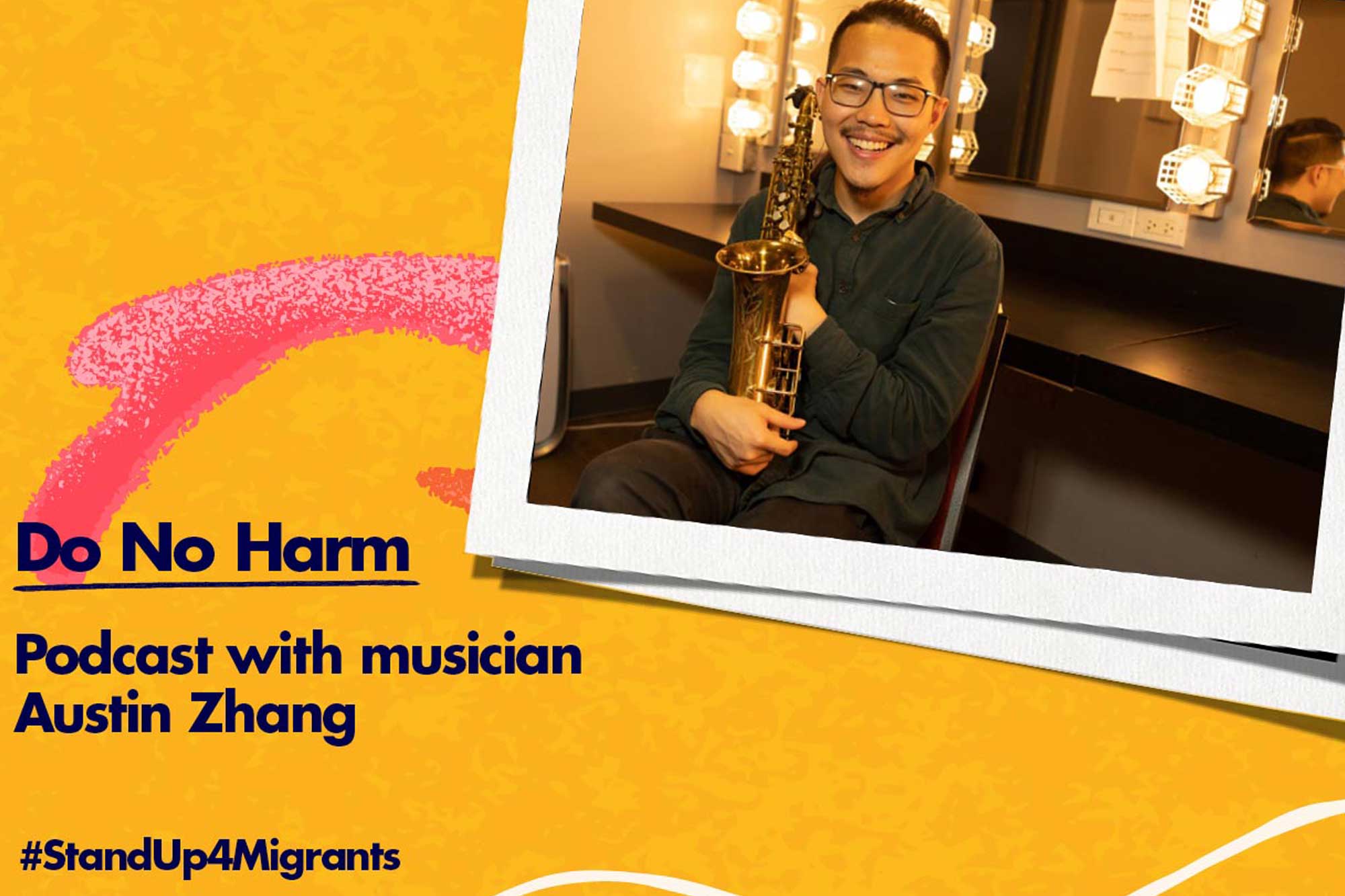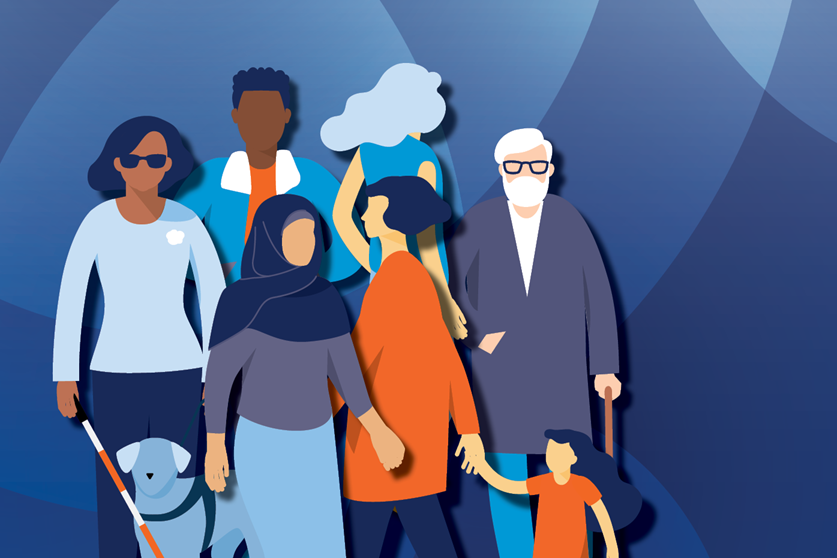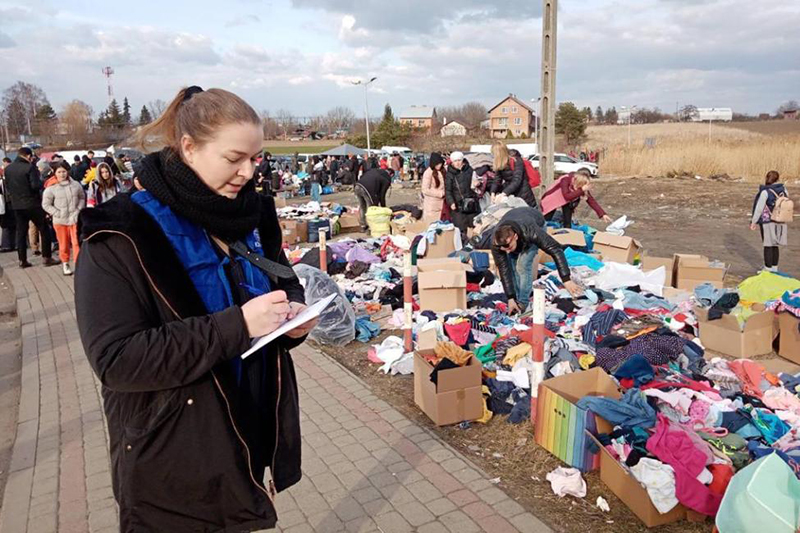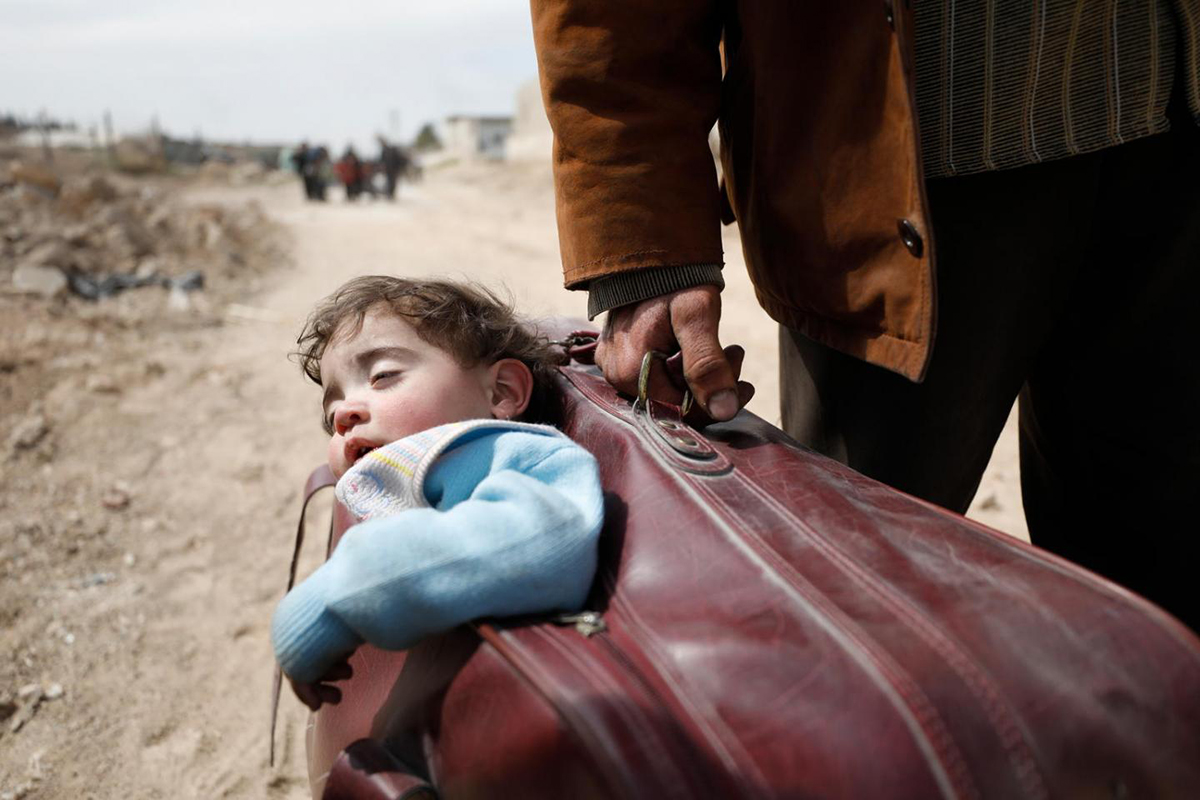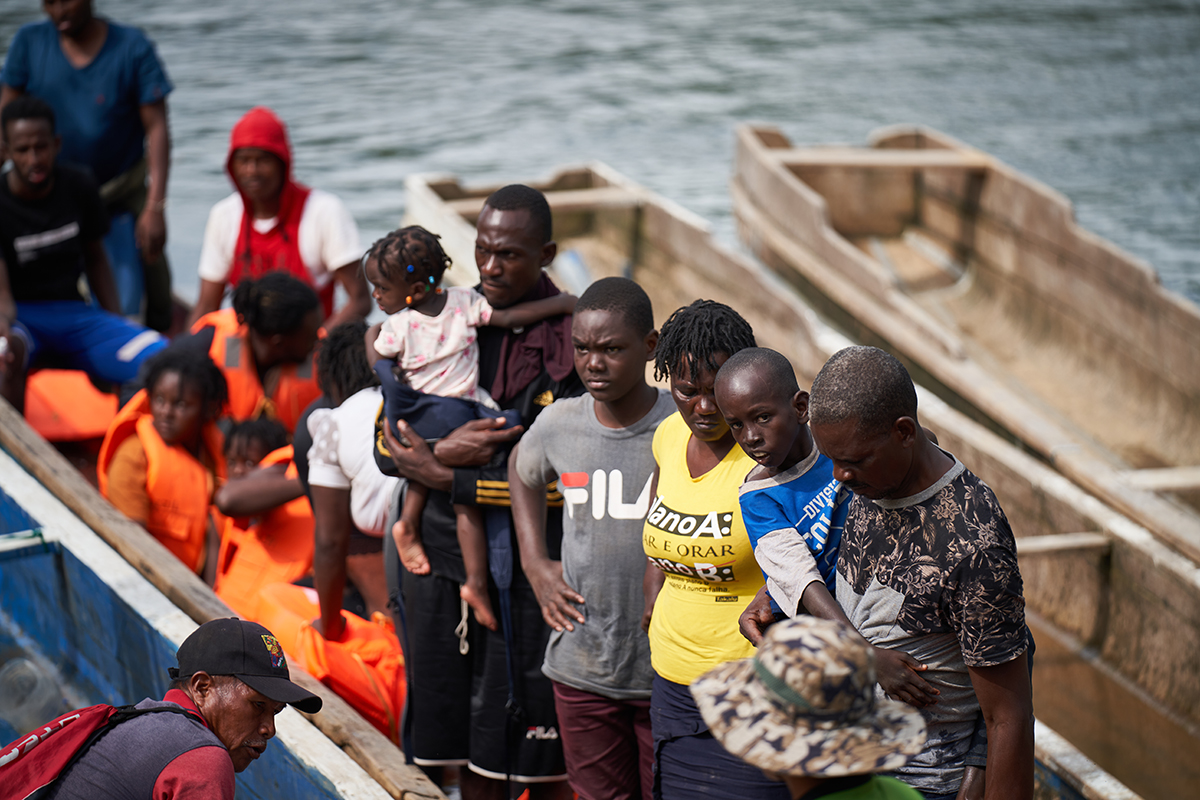Over the last decade, reports of labour exploitation of migrants and even forced labour have been widespread. After a complaint in2014, following a period of intense negotiations, the State of Qatar and the ILO launched a programme to support major labour reforms.
Migrants
The boat departs on Sunday and Thursday evenings and arrives on the shores of Yemen by dawn. Smugglers count the migrants – a standard practice to ensure that only those who have paid get onboard. The country’s instability, coupled with a historically brutal drought and other effects of climate change, is deepening irregular migration through and from the Horn of Africa, forcing thousands of vulnerable people to attempt risky journeys. IOM works with partners and governments to assist and protect vulnerable migrants from Ethiopia, Somalia, and Djibouti moving to and from Yemen.
An estimated 6,645,000 people remained internally displaced in Ukraine as of 23 July, according to data from the International Organization for Migration (IOM). More than 100 internally displaced persons (IDPs), found shelter in this western Ukraine high school. In the early days of the Russian invasion, many communal facilities, such as schools, kindergartens, dormitories and religious buildings, were rapidly turned into centres for those fleeing the war. Not designed to serve as accommodations, they were meant to provide only temporary shelter to displaced Ukrainians. Six months later, however, people are still living there, often sharing one open space with little privacy. IOM is addressing the urgent needs of IDPs by providing the facility with basic household items.
ILO invites journalists to submit articles showing media coverage on labour migration and fair recruitment, to recognize their contribution to the elimination of xenophobia and discrimination.
Sometimes, we might unintentionally trigger a harmful narrative on migration. In this episode of the UN Human Rights podcast, #StandUp4HumanRights, we focus on how migration is not one-dimensional and why telling individual stories of migration, which reflect all dimensions of people, can help avoid perpetuating harmful narratives.
Meet Musician Austin Zhang who uses the power of music, harmonizing his saxophone jazz melodies with a recording of his mother’s own story of migration, to accentuate the emotions of her story.
“I had to share my mother's story and just to give people that perspective of that side of life and how real it is for many people to this day,” he said. “It was very important to me and also just the gratitude that I have for her and her journey.”
Millions of refugees and migrants face poorer health outcomes than their host communities, especially where living and working conditions are sub-standard, according to a WHO report.
Last year migrant workers sent $605 billion back home.
The International Organization for Migration (IOM) is mobilizing teams and boosting capacity in Ukraine and neighbouring countries to respond to the growing humanitarian needs of Ukrainians forced to flee the country. According to initial figures from IOM teams in neighboring countries, at least 600,000 people fled Ukraine in the first five days following the start of military operations and the escalation in hostilities. The Organization’s number one priority is the safety and protection of all those fleeing the country – including third country nationals – and their ability to access assistance.
Millions of children are on the move. Some are driven from their homes by conflict, poverty or climate change; others leave in the hope of finding a better life. Far too many encounter danger, detention, deprivation and discrimination on their journeys, at destination or upon return. UNICEF works around the world to help protect the rights of migrant and displaced children by providing life-saving humanitarian supplies in refugee camps. UNICEF also collects, analyses and disseminates data and gathers evidence about the situation and individual experiences of children on the move.
The total estimated 281 million people living in a country other than their countries of birth in 2020 was 128 million more than in 1990 and over three times the estimated number in 1970. In the run-up to the first International Migration Review Forum, the UN Network on Migration hosts a Migration Week on 14-18 February. Migration Week is the opportunity to showcase good practices in the implementation of the Global Compact for Safe, Orderly and Regular Migration, while encouraging strong engagement ahead of the Forum. Check out the programme to see the events organized worldwide.
ILO brings us the story of Sai Sai, a migrant construction worker in Chiang Mai, a city in Northern Thailand. After government legislation made it illegal for migrant workers to do skilled construction work, Sai Sai along with other migrant workers and local organizations worked together to get the law amended.
17-year-old Luissana shows us what her school day in Peru looks like amidst COVID-19.
Hundreds of lives are believed to have been lost along the route and particularly at sea in the Gulf of Aden.
Ahead of International Migrants Day, ILO Senior Labour Migration Specialist, Gloria Moreno-Fontes, speaks from Pretoria about the Southern Africa Migration Management (SAMM) Project, aiming to improve migration management in the Southern Africa and Indian Ocean region. The project is funded by the European Commission and implemented by the ILO in collaboration with the IOM, UNODC and the UN Refugee Agency.

